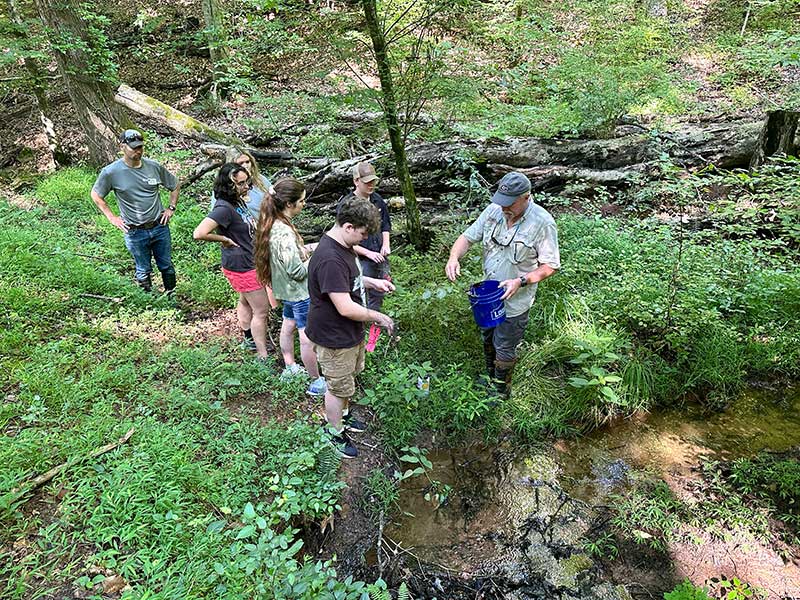Linda Wang, National Timber Tax Specialist, USDA Forest Service
Timber or landscape trees destroyed by the hurricane, fire, earthquake, ice, hail, tornado, and other storms are “casualty losses” that may allow the property owners to take a deduction on their federal income tax returns. The key for most cases is to figure out the “adjusted basis” of the timber. The “Adjusted Basis” of Timber Generally, the cost or the measure of your investment in the property you own is the property’s basis. The original basis is defined as follows: 1) for purchased timber property, it is the purchase price and related costs (such as legal fee and timber cruises); 2) for gifted timber property, it is the donor’s adjusted basis in most instances; 3) for inherited timber property, it is the fair market value (or alternative value if so elected) on the date of death (or alternative valuation date). The “adjusted basis” of a property is the original basis reduced or added by adjustments over the term of ownership (e.g., new purchase increases your timber basis while timber sale decreases your timber basis).








